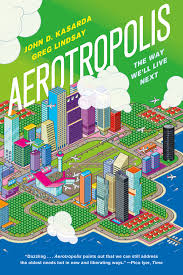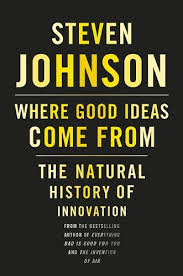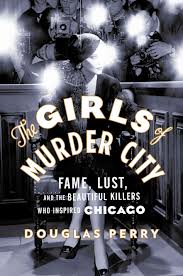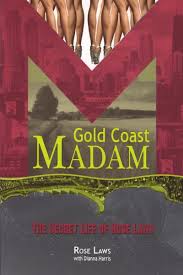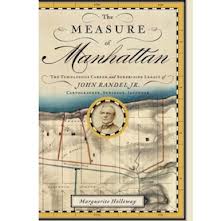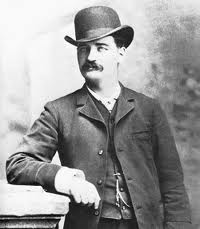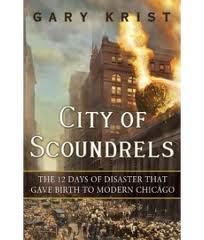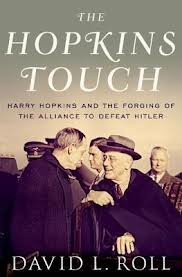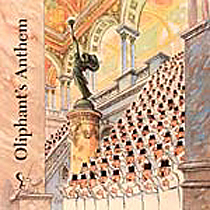Repaving the Road to Charity
The Road to HELP: The Revolution in Charity, Philanthropy and International Development is a clear-eyed critique of the twenty-first century international charity/aid industry, an enormous cultural and political phenomenon that it is difficult to define. The book is also a memoir of work in the aid field, told with wisdom, perspective, and a bit of romance. Taken together, HELP is a plea to be aware of the very deep challenges that come with the idea of doing good elsewhere in the world. It is an interesting and troubling book that raises more questions than it answers.
 Author Miles Wortmann, a seasoned participant in the world of international development, makes a compelling argument that the business of giving has changed profoundly in recent years. He draws attention to a “religindustry” that has been fed by tremendous private wealth and reshaped and restructured by business and management consultancy. Charting the interconnected growth of simple focused charities into an enormous sector combining celebrity, megawealth, foundations, and professional expertise. HELP is a contemporary cultural and economic leviathan.
Author Miles Wortmann, a seasoned participant in the world of international development, makes a compelling argument that the business of giving has changed profoundly in recent years. He draws attention to a “religindustry” that has been fed by tremendous private wealth and reshaped and restructured by business and management consultancy. Charting the interconnected growth of simple focused charities into an enormous sector combining celebrity, megawealth, foundations, and professional expertise. HELP is a contemporary cultural and economic leviathan.
Wortmann worries that the massive foundations may overwhelm democratic processes. Their great wealth and freedom to function without democratic or public accountability enhances their power. They also limit the effectiveness of government by supplanting public good. Wortmann argues that big philanthropy crowds out effective public and government action. The foundations may issue report after report, have initiative after initiative, but see little long-term gain. Wortmann believes that data and history prove that meaningful improvement for the world’s poor comes from the steady development of local culture, systems, and government. In other words, the best path for the poor is often through the development of their own public agency and systems. Wortmann offers this critique while also acknowledging that big philanthropy does have successes, employs many well-meaning people, and often does strive to make the world a better place.
Of great concern to Wortmann is the commercialization and commodification of charity. He bristles at campaigns that reduce complex problems to marketing slogans. From ending world hunger to finding a cure to this or that disease, we are awash in private foundations calling for support to address public problems. Even more galling to Wortmann is the place of moral privilege granted to foundations. Questioning their campaigns comes with great risk. To not support an effort is to deny the impulse to do good.
Wortmann’s experience grants him awareness of how big philanthropy operates from within the system. He tells of meetings, consultations, trips and endless reports. The picture he paints is one of meaningless acronyms, large sums of money, and a weird admixture of high-level morality and deep cynicism. It must be an extremely frustrating way to try to effect meaningful change in poor parts of the world.
Some describe hypocrisy as the tribute that vice pays virtue. I wonder if HELP, Wortmann’s mega-religindustry, is the tribute that free market capitalism pays to morality. Wortmann’s book outlines a problem that is well worth time and consideration.
David Potash

